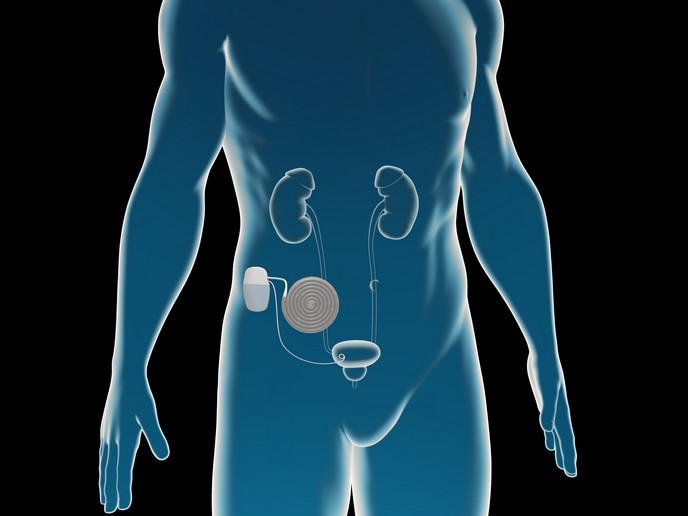Preparing a future with optimal bone health
Osteoporosis and bone diseases, in general, are regarded as ‘silent killers’; their symptoms manifest abruptly and at a late stage when the treatment options are no longer effective. Typically, nowadays bone health is assessed by measuring bone mineral density using a dual-energy X-ray absorptiometry (DXA)(opens in new window) machine. This method though presents significant problems. DXA needs specific infrastructure that is not available everywhere, leading to long waiting lists across the globe. More importantly, DXA can only detect the problem when a large amount of bone is already lost, without revealing anything about a potential cause – i.e. a reduction in bone formation or an increase in bone resorption – and there is no way back to completely restoring bone density levels. Moreover, it can mainly assess the bone quantity, yet not the bone quality, which is also an important indicator of bone health. The EU-funded PoCOsteo(opens in new window) project comes to overcome these challenges. It offers an affordable, portable and easy-to-operate device that is deployable not only in specialised medical centres and hospitals, but in principle at any local general medical centre as well. The tool can be used to identify people at risk of developing bone diseases later in life. It is also beneficial for treatment monitoring, and the fact that the results are available in real time helps with the patient’s compliance with treatment. The latter is a major issue and the reason behind undertreatment in osteoporosis.
Accurate and rapid bone screening
The team developed electrochemical sensors for the detection of two bone-specific proteins – one related to bone growth and the other to bone resorption, the so-called bone turnover markers. The sensors can also detect bone health and fracture-related genetic material. Additionally, they developed microfluidic cartridges with the sensors integrated (one proteomic and one genomic cartridge), with blood as the input sample and protein concentrations and the presence of specific genetic SNPs(opens in new window) as output. The core device of PoCOsteo is a portable point-of-care (PoC) readout tool that allows having a test result within 60 minutes after introduction of the blood sample. Validating all the innovations in a clinical setting was the final goal. “The clinical validation has not been fully performed yet. The ambition exists to have this done post-project, so additional funding is being looked for,” explains project coordinator Jan Vanfleteren. “We are now entering the validation and commercialisation phase. We aspire to generate a spin-off company with PoCOsteo partners taking part in this initiative and we are currently looking for interested investors.”
Expanding groundbreaking medical screening
Remarkably, the principle of performing measurements using a PoC tool with both proteomic/genomic electrochemical sensors in a microfluidic cartridge can be applied to more cases in the medical field and outside. The same technical partners are currently collaborating with other medical partners in two more running Horizon 2020 projects, ELEVATE and CHILI, aiming to develop a PoC tool for screening for cervical cancer through assessing specific proteins and genes. Another pleasant surprise was that the tool development by technical partner Labman Automation Ltd has led to separately exploitable results. For example, the potentiostat(opens in new window), which can execute parallel 64-channel electrochemical measurements in very limited time duration (less than 1 minute), has considerable potential for further exploitation and commercialisation.







